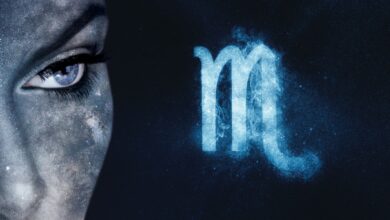A
A
A
Two things you’re bound to have noticed if you drive: Gas costs more–a lot more–and lines at the pump are long wherever there’s a slight price break.
With an average price of $3.47 a gallon, the bad news is that no end to the trend is in sight, and some energy experts see a rise to $4 a gallon by this summer.
Prices haven’t been this high since October 2014. The record high, set in July 2008, was $4.11 a gallon. Prices also are 12.3 cents per gallon higher than they were last year, according to Gas Buddy, the savings app.
Experts say it’s not a demand problem, although that was likely responsible for an increase over pandemic shutdown years when fewer people were driving. Instead, it’s a supply problem most recently centered on the Ukraine crisis and uncertainty over whether Russia will invade.
Tensions Over Ukraine
Read More »
“Oil traders, anxious over the ongoing tensions between Russia and Ukraine, have bid up the price of crude oil to more than $90 a barrel,” according to CBS news.
Some analysts say that could reach $100 a barrel, The New York Times said recently.
While potential sanctions against Russia would not affect United States consumers at the pump in a big way–the U.S. gets most of its oil from other sources–it would disrupt the global market to raise prices worldwide.
Global production is down, and refinery closures in the United States, including Gulf Coast hurricanes last year, have diminished production, the Times said.
What’s Up Next?
Analysts at The Economist reflect that the situation will depend on whether “geopolitical drama”–the Russia/Ukraine situation–and a tight market could in fact bring oil prices up to $100 a barrel or even higher still to $120.
Surging demand worldwide as countries open up again, with the possibility of a rise in air travel as well, will come into play.
In the United States, President Biden is looking at convincing OPEC and other nations to produce more oil, and for U.S. companies to drill more. The U.S. already released 50 million barrels of oil from the Strategic Petroleum Preserve in November to help lower gasoline prices.
The Urge to Travel
Another thing likely to increase pain at the pump is seasonal: It’s almost time for spring break and summer vacation, bringing more demand amid uncertain supply. Newsweek quoted energy analyst Patrick De Haan of GasBuddy: The Ukraine crisis might mean there won’t be sufficient supply.
A nuclear deal with Iran could work in consumers’ favor but looks unlikely, he said.
Meanwhile, the Ukraine situation will hurt supplies in Europe, eventually affecting the U.S. market as well–possibly to the tune of $4-per-gallon gas.
Coping in the Meantime
So how can you lessen the pain at the pump? The U.S. Department of Energy suggests these gas-saving tips:
- Drive slower.
- Maintain your car.
- Drive less.
These might, in fact, be the same tips dad gave when you first got your license and gas was a couple dollars a gallon cheaper:
Don’t accelerate and then brake suddenly. You could save 12 cents to 82 cents a gallon by driving slower and less aggressively, the tip sheet, “How to
Beat High Gasoline Prices,” says.
Get regular oil changes; check your tire pressure. The last one is a no-brainer: Carpool, telecommute or hop on a bus or train.
If you’re in double-down mode and really want to save money, The Balance has more tips: Consider a fuel-efficient, smaller car. Using air-conditioning also cuts into your gas mileage. Topping up at the pump can waste precious gas if there’s overflow.






